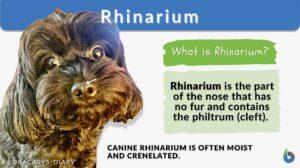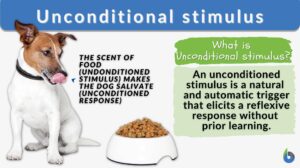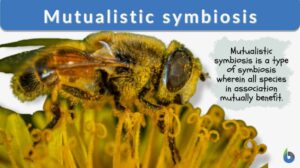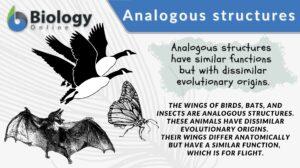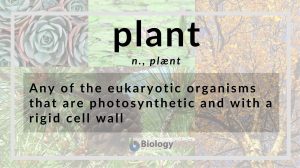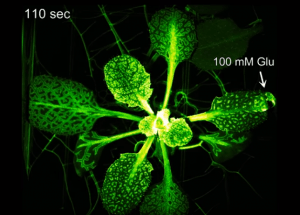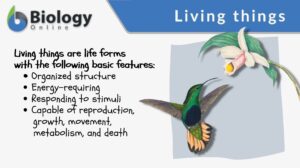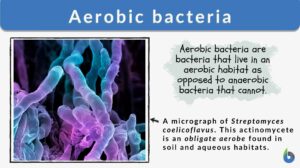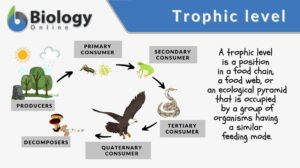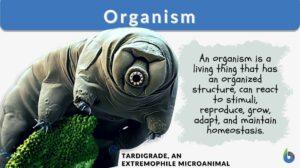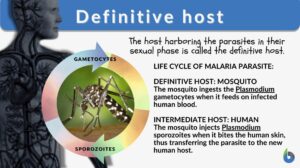Search Results for: smell
Scientists discover the gene that causes the smell of the earth and leads camels to water
Scientists at the John Innes Centre (JIC), Norwich(1) have discovered the gene that gives freshly turned soil its... Read More
Unconditioned stimulus
An unconditioned stimulus inherently triggers an automatic response, not reliant on deliberate prior learning. In contrast... Read More
Mutualistic symbiosis
Mutualistic Symbiosis Definition In order to understand what a mutualistic symbiotic relationship means, we will break down... Read More
Analogous structures
Analogous Structures Definition In evolutionary biology, analogous structures are biological structures having similar or... Read More
Olfactory nerve
Definition noun, plural: olfactory nerves The cranial nerve comprised of sensory nerve fibers that carry impulses for the... Read More
Sense organ
Definition noun, plural: sense organs An organ or structure that has nerve endings capable of detecting and reacting to a... Read More
Plant sets off “SOS” for plant defense when it gets hurt
When herbivore, such as an insect, nibbles a plant leaf, the plant sets off an "SOS" or distress signal as one of the... Read More
Sense Organs in Insects
By Sachin Chorge Article submitted on January 2008 Article accepted on February 2008 Senses are the... Read More
Olfactory receptor cells
olfactory receptor cells Very slender nerve cell's, with large nuclei and surmounted by six to eight long, sensitive cilia... Read More
Sensory neuron
Definition noun, plural: sensory neurons A type of neuron that transmits sensory nerve impulses Supplement The neurons are... Read More
Living things
Living Things Definition A living thing pertains to any organism or a life form that possesses or shows the characteristics... Read More
Sensory Systems
A sensory system is a part of the nervous system consisting of sensory receptors that receive stimuli from the internal and... Read More
Non-living thing
Non-living Thing Definition A non-living thing in biology means any form without a life, such as an inanimate body or... Read More
Sense of touch
Definition noun Sense recognized by the tactile organs or neural receptors in the skin (as well as in the tongue, throat,... Read More
Aerobic bacteria
Aerobic Bacteria Definition What does aerobic mean in biology? As the name suggests, 'aerobe' in biology means organisms... Read More
Trophic level
In ecology, a trophic level pertains to a position in a food chain or ecological pyramid occupied by a group of organisms... Read More
Thanatosis – Faking Death To Escape Doom
Thanatosis -- pretending to be dead -- is one of the best strategies that certain wild animals came up with in order to... Read More
Chemoreceptor
Definition noun, plural: chemoreceptors (1) A sensory nerve cell or sense organ, as of smell, or taste, that are able to... Read More
Nocturnality
Definition noun, plural: nocturnalities (1) The condition of being active or occurring during the night (2) The active... Read More
Seed Plants
There are two main subdivisions of seed plants—the ones without covered seeds, the gymnosperms, and the ones with covered... Read More
Digestion and Absorption of Food
The gastrointestinal (GI) system includes the gastrointestinal tract (mouth, pharynx, esophagus, stomach, small intestine,... Read More
Ozochrotia
ozochrotia Synonym: bromidrosis. Origin: G. Ozo, to smell, - chroa,... Read More
Definitive host
Different Biological Relationships The biological world is interconnected whether we notice it or not. All the life forms... Read More



